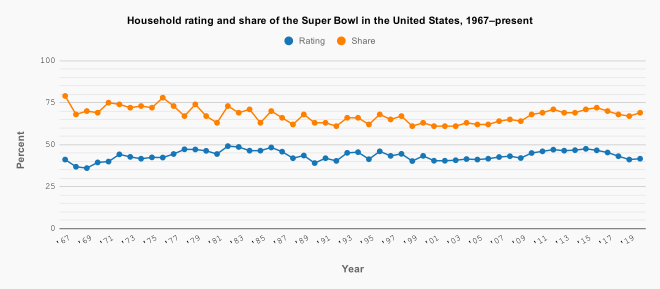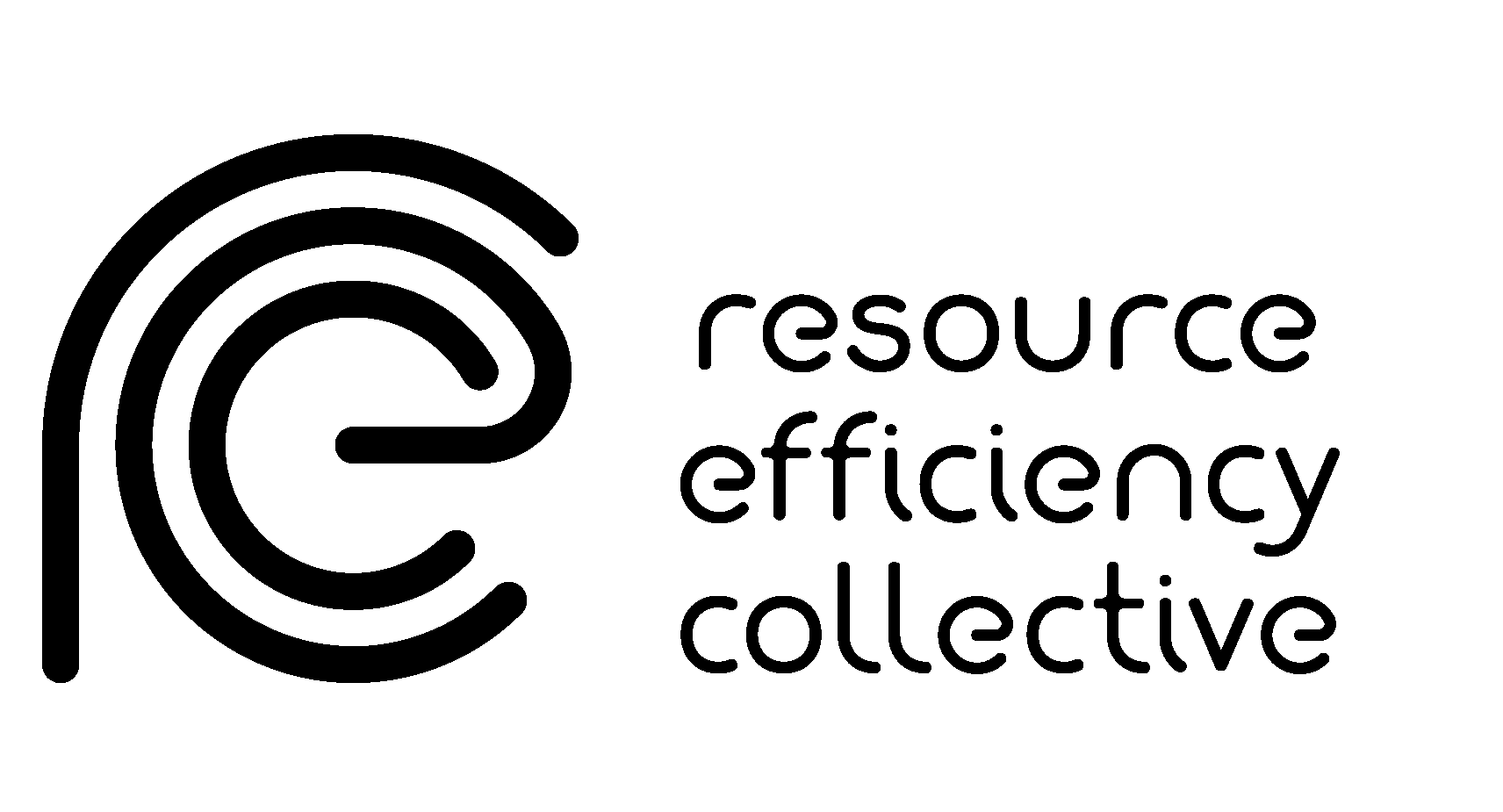Golf, attention span, and degrowth
“It’s downwind, if he throws everything at it he’s got a chance of making the front edge” said Nick Faldo, CBS commentator and 6 time major champion, as Bryson DeChambeau ambled to the 6th tee at Bay Hill Country Club 5 weeks ago. DeChambeau was leading Arnold Palmer’s Bay Hill Invitational and considering his options from the tee of the 528 yard par 5. I say 528 yards, as that is the distance as offered by Bay Hill’s scorecard, but that is the distance measured around the lake blocking the player’s line from tee to green, but were the player to bypass the boomerang arc and aim directly for the green, the hole plays only 340 yards.

DeChambeau had been building toward this moment since the first lockdown of 2020. He entered lockdown a lean 85kg athlete and, after four months of throwing metal around his gym, emerged 20kg heavier and several belt loops larger. DeChambeau had gambled on the idea that bulking up to quicken his swing speed and lengthen his drives would tip the statistics of golf in his favour. He assumed that the benefits granted by increased distance would outweigh the side affects of swinging the club faster. If he can approach the green with an 8 iron, he thinks, whilst the field are hitting 5 irons, he will outperform the better iron players than him, despite their increased skill. He was right to think so. Since returning from lockdown DeChambeau is first in strokes gained off-the-tee on the US Tour (a measure of how much better he drives the ball compared to the field average), has won three times, has 17 top-10 finishes, and has cashed $10 million. At Bay Hill he drove to the periphery of the 6th green on the final day and won the tournament.
To a non-golfer this tactic may seem obvious, but the efficacy of this approach has been long debated. Many (many!) golfers have tried and failed to hit the ball further. Luke Donald, a slight Englishman, made it to world Number 1 in 2011 with a game based on subtlety and consistency; Martin Kaymer won two major championships with a swing that faded the ball–a curvature from left to right that tends to produce shorter drives. Both men changed their swings in an attempt to hit the ball further and have been unrecognisable since. The established thinking went thus: greater distance means reduced control with the benefit of one being balanced by the drawback of the other. Technology has tipped this balance. Since the mid-2000s equipment manufacturers have been producing ever-optimised clubs and balls. The clubs cater better to off-centre strikes (often leading to wayward shots in times past) and the balls fly straighter and further. Combined, players can swing much harder without fear that a miss-strike could send their drives into hazards or rough.
This creates two problems for the sport, which are 1) logistical and 2) (somewhat) philosophical. First, golf courses, usually built in the late 19th and early 20th centuries, are now too short for the professional game. As an attempted fix, tee boxes have been extended backward to lengthen holes and rough has been grown to penalise inaccuracy. However, this creates two further problems: 1a) courses are built on finite land and, in many places, their limits have been reached, and 1b) longer courses and thicker rough, somewhat ironically, exacerbate the advantage gained by distance, as it’s easier to hit a shorter iron from the rough than a longer one. The second, philosophical issue, is that increased length eliminates what most see as the best aspects of the game. The accuracy-distance tradeoff has always been key to the sport: a player who was less powerful, but could control their ball (and their emotions) better than their opponent would emerge victorious. Moreover, longer, straighter shots allow players to cut corners, or fly second shots directly to the hole, when players from past eras would have to bend shots around corners or manage contours to get approach shots close.
It seems sensible, therefore, that corrective action should be taken, but the governing bodies are hesitant. There is a prevailing narrative, lobbied, I suspect, by TV executives and equipment manufacturers, that fans want to see the ball go further. Indeed, executives of these organisations appear to actively reject the science to further this agenda; Jay Monahan, commissioner of the US PGA Tour said in 2017 that trends in driving distance “do not indicate a significant or abnormal increase in distance”. Average driving distance on the PGA Tour increased by 14% in the 15 years preceding that statement. Financial incentives make the motivations of the equipment manufacturers unsurprising, but I’m staggered by the assertion that fans love distance. Do fans really want to see the ball go further? Like, really? Are we not discrediting the interests and intelligence of these fans? The PGA’s primary riposte is that people’s attention spans are getting shorter, a debated assertion (and topic for another post), and that if they don’t catch viewer’s attention early they will switch channel.
These concerns are not unique to golf’s leadership. T20 cricket is now framed by fireworks and cheerleaders when 6s are hit; premier league football clubs play music after a goal is scored to boost the atmosphere; organisers of the Boat Race recently made the rowers walk from a misty dressing room as lasers buzzed around their heads; and the Super Bowl’s half-time show (famously) gets bigger every year. It seems unlikely that these efforts have made TV sport more popular today that in previous decades, so I looked up Super Bowl viewership data to investigate (see below). You’ll note that roughly 75% of US TV owners tuned in for the 1967 edition, and that figure has remained largely stable ever since. Fans continue to enjoy the Super Bowl in similar proportions to decades past, despite efforts to make it appear more exciting or accessible.

I can’t help but draw comparisons between golf’s predicament and climate change. A clamour for growth that harms the environment; vested interests rejecting the facts; a misunderstanding of what people truly value. We know climate change has been driven by capitalist demands for growth, and we know these demands manifest as 2% annual increase targets to GDP, despite the plateauing of human well-being beyond $30,000 per capita. With a finite planet, perennial growth, is, of course, a ridiculous idea. But more pressingly, growth in the next 30 years is incompatible with climate targets. Even if we deploy renewables as quickly as is hoped in best-case scenarios, we still have to reduce global energy use from 400EJ today to 240EJ by 2050 (Grubler et al (2018)). We cannot make these reductions by efficiency improvements alone for several reasons, including Jevon’s Paradox and, in some cases, thermodynamic limits to energy efficiency, so we have to find ways of reducing our energy demand in absolute terms. We have to find ways to degrow.
How can we convince our leaders, largely born during the late 20th century–the golden age of economic growth–that degrowth is a viable alternative? I think our best chance is to understand what maximises human well-being, show its separation from growth, and double down. In sport, we don’t find joy in a 30 second Twitter highlight, but in the hours of subtlety and story that preceded it. When Ben Stokes flushes a 4 through the covers to beat the Aussies, it’s not the shot itself that’s exhilarating (to a non-Aussie!), it’s the previous hour of blocking from the bespectacled Jack Leach, positioning our hero for victory, that we love. When Tiger Woods wins his 5th Masters, the joy comes from understanding his ten-year comeback, lifting himself from the depths of public disgrace to the heights of sporting nirvana–all for his children who never saw him in his prime. And when Bryson DeChambeau drives the 6th green at Bay Hill, fans cheer not because the ball goes far, but because they appreciate his graft through lockdown, and are excited to see his efforts vindicated. We derive fulfilment from depth, characters and stories, not from superficial tricks.
In life, too, our most fulfilling times are not the most expensive, the most energy-intensive or those that emit the most carbon. They are, in fact, the opposite. They’re times spent laughing with friends, perfecting skills, exercising our creativity, connecting religiously, exploring the outdoors, feeling loved by others, and offering our love to others. All of these fulfilment-maximising activities come at low or no environmental cost. Crucially, they don’t come after the Bank of England meets its fiscal targets for Q2. If our goal is a truly equitable, sustainable, happy world, then we must realise that growth, in the developed world, cannot provide it.
I suspect golf’s governing bodies will soon change the golf ball to shorten drives, and stop the expansion of its historic stadia. Can we make the same changes to our economic systems?
To read more from Scott, visit his blog here.













